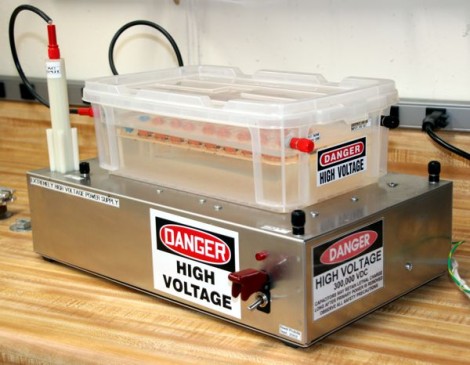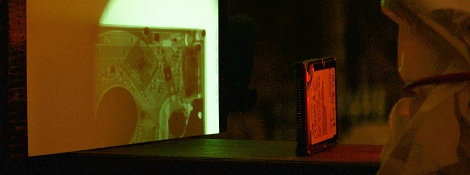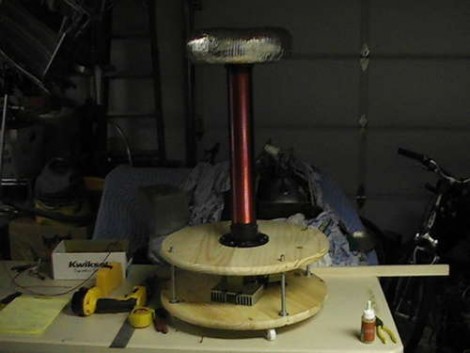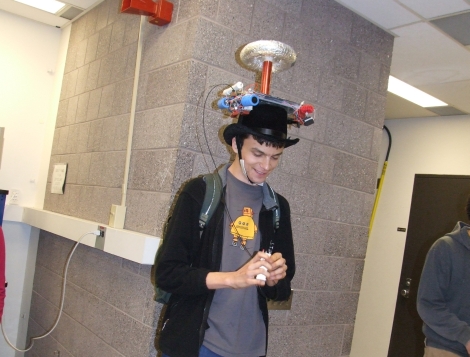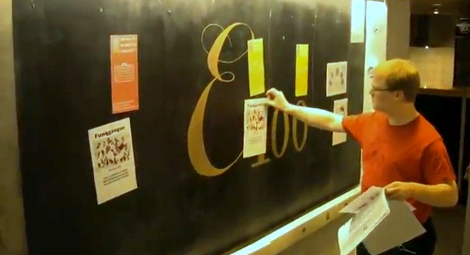
At some point you’ve got to resign yourself to the fact that the TV you’ve been trying to resurrect is just not salvageable. But if you’re knowlegable about working safely with high voltage, you might get quite a show out of it yet. Here [Aussie50] finds beauty in destruction when he fries a large plasma panel from a broken HDTV.
The flyback transformer from a microwave oven drives the display. The video after the break starts off kind of boring at first but before long it takes off. As portions of the display burn out the electric arcs jumping those gaps provide a thrilling view for the remainder of the 14 minutes.
Don’t want to commit to a video that long? Here’s a display that gives up the ghost after just four and a half minutes but we don’t think it’s quite as cool.
Continue reading “Burning Plasma Screen With Breathtaking Beauty”

